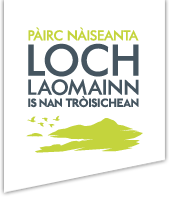
Visitor Experience Outcome VE5:
People from a wider range of backgrounds are enjoying, valuing and helping manage the National Park. It is used more as a place for people to realise the personal health and well-being benefits of connecting with nature.
Why is this outcome important?
The National Park provides opportunities for anyone to have their first experience of the ‘wild outdoors’, whether climbing their first mountain or camping for the first time. Encouraging people of all ages to enjoy and be confident in the outdoors will help promote healthy lifestyles, an affinity with nature and understanding of responsible use of the countryside.
The contribution that the environment can make towards improving health and wellbeing is well recognised, impacting positively on physical and mental health, as well as social wellbeing. The National Park has a wide range of easily reached and inspiring outdoor experiences which, with targeting of specific health needs, could help towards addressing health issues of people living within easy reach of the National Park.
The National Park Authority now has a well-established Volunteer Ranger Service as well as conservation volunteers supporting our work along with as other local organisations and communities. The number of people volunteering in the National Park has grown significantly and in our annual volunteer survey 80% of volunteers indicated that volunteering benefited their health and wellbeing.
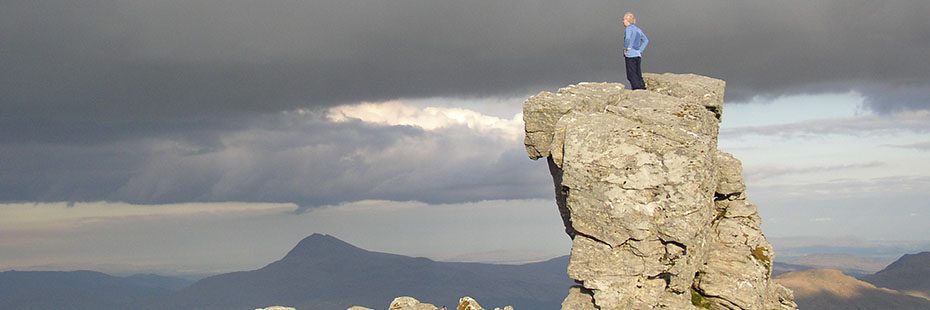
Climbing the Cobbler
There is significant scope for us to create further partnerships and volunteer opportunities as a way of supporting many of the priorities identified in this Plan.
A range of high quality outdoor learning opportunities are currently offered to young people in the
National Park helping them acquire a range of skills and experiences about the value of nature and outdoors.
There is scope for us to further develop the role of the National Park to engage with a wider range of groups in society and support recreational enjoyment, responsible behaviour and stronger appreciation of the need to look after the environment.
More opportunities are needed for young people to be more involved in influencing policies and decision making as well as the co-design of services. The National Park Authority can also have an influential role in creating training and apprenticeship opportunities and helping to develop the young work force in the National Park. There are many people living in nearby urban areas that have never visited the National Park and may lack the means, confidence or knowledge to do so. We could develop further partnerships to create more, valuable opportunities to visit, enjoy and learn about the Park.
Our priorities for action:
- Visitor Experience Priority 19: Engaging with Health Partnerships to explore how the National Park can be used as a resource to support health improvement initiatives and strengthen links to health focused activities such as healthy walks, outdoor learning and volunteering programmes as well as sports hubs, awards schemes, outdoor activity providers, active travel opportunities and Park mobility schemes, which are helping people to become more mobile and access the Park.
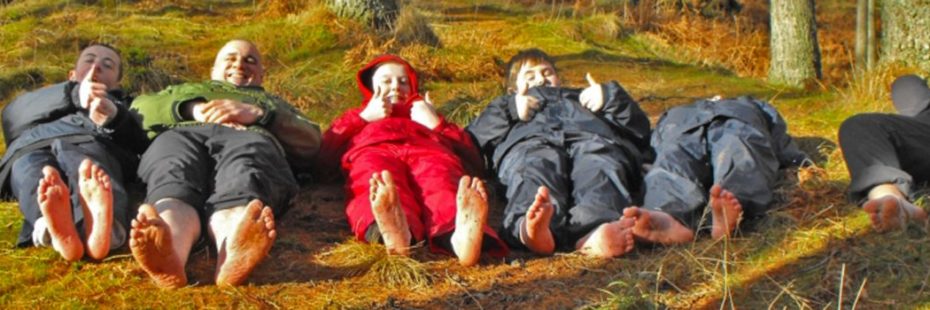
Outdoor learning
- Visitor Experience Priority 20: Increasing opportunities for engagement, volunteering and education activities, especially for young people and those who are experiencing disadvantage or have difficulty in accessing the National Park. Promoting cultural heritage, including delivery of the Park’s Gaelic Language Plan 2017-2022.
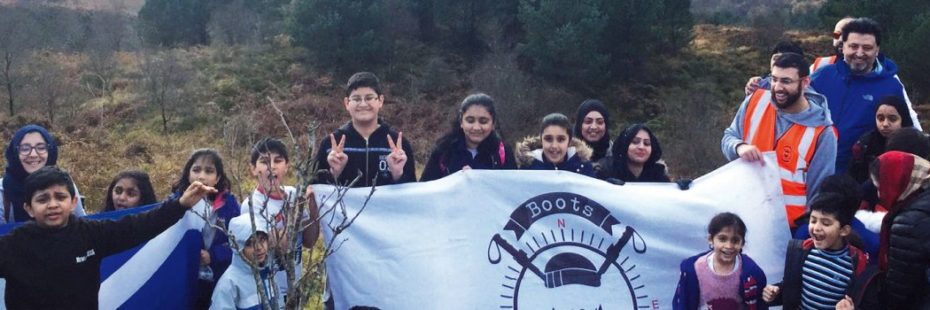
Boots & Beards
Who can help make this happen?
| LEAD DELIVERY PARTNERS INCLUDE: |
| Local Health Partnerships |
| Area Health Boards |
| Community Planning Partnerships |
| Paths for All |
| John Muir Trust |
| Local Authorities |
| Loch Lomond & The Trossachs Countryside Trust |
| Young Scot |
| Scottish Natural Heritage |
| SUPPORT DELIVERY PARTNERS: |
| Woodland Trust Scotland |
| Royal Society for the Protection of Birds |
| National Trust for Scotland |
| The Great Trossachs Forest |
| Forestry Commission Scotland |
| Cairngorms National Park Authority |
| Friends of Loch Lomond and the Trossachs |
| Bòrd na Gàidhlig |
How will we measure success by 2023?
- More people being referred to or participating in green health initiatives.
- More young people having an outdoors learning experience in the Park.
- More registered volunteers and volunteer hours in the Park.
Case Study: Walk in the Park
Walk in the Park Health Walks Programme targets resident populations in the key rural and fringe settlements of the National Park with self-referrals and GP and pharmacist support.
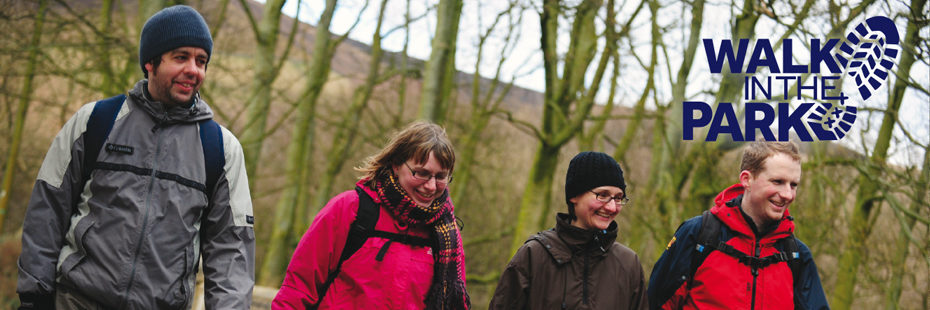
(c) Jon Parker Lee Photography Ltd
Questions
|

